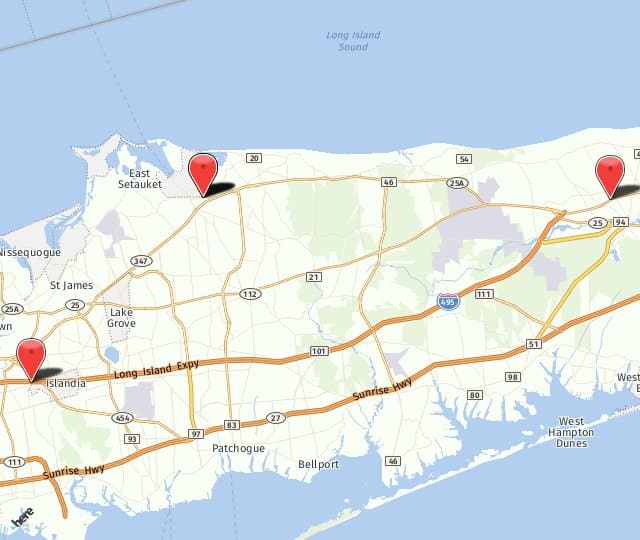
Age and Family History
As you age, your veins naturally lose strength, and the valves that keep blood flowing properly can become less effective. Genetics also plays a major role in the development of spider veins. If other members of your family have experienced similar vein issues, you may be at a higher risk of developing spider veins yourself.
Hormonal Changes
Fluctuations in hormones can significantly influence the development of spider veins. For example, during pregnancy, there is an increase in blood volume, and changes in hormone levels can affect the veins in your legs. Similarly, hormonal shifts associated with menopause or the use of birth control can weaken vein walls, making it more likely that veins will become visible as spider veins. This is why many women experience spider veins, especially during these key stages of life.
Sitting or Standing for Long Periods
If your job or lifestyle involves sitting or standing for extended periods, you may be at an increased risk of developing spider veins. Prolonged periods in a stationary position put additional pressure on the veins in your legs, leading to blood accumulation and increased vein size. To combat this, try to take breaks to move around, stretch, or walk. Regular movement can help improve circulation and prevent spider veins from forming.
Excessive Sun Exposure
Prolonged exposure to the sun’s UV rays can damage the skin, weakening it and making veins more prominent. While sunlight is beneficial for your health in moderation, overexposure can have detrimental effects, including the formation of spider veins. Protect your skin by wearing sunscreen or covering up when spending time outdoors, especially during peak sunlight hours.
Obesity and Physical Activity
Being overweight places extra strain on your veins, especially in your lower body, which can contribute to the development of spider veins. Excess weight makes it harder for your veins to circulate blood efficiently, and over time, this strain can cause the veins to dilate. Maintaining a healthy weight through regular physical activity and proper diet can help reduce the pressure on your veins, lowering the risk of spider veins.
Start Addressing Your Vein Concerns Today
If you’re noticing spider veins or are concerned about your risk factors, it’s important to speak with a vein specialist. At Suffolk Vascular & Vein Center, we offer expert care for spider veins and other vein-related issues. Our team can help guide you through treatment options that work best for your condition. With offices in Port Jefferson Station ((631) 476-9100), Hauppauge ((631) 979-0222), and Riverhead (631) 591-9003), we are here to support you every step of the way.

